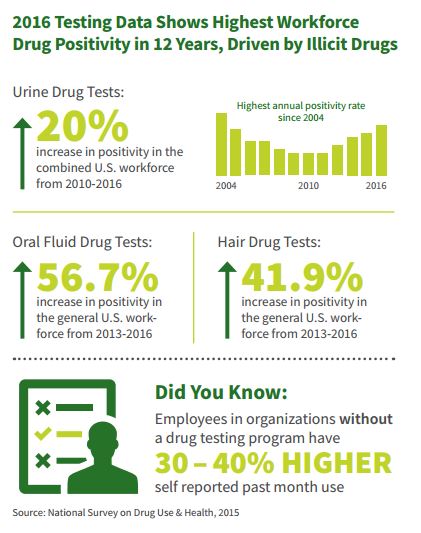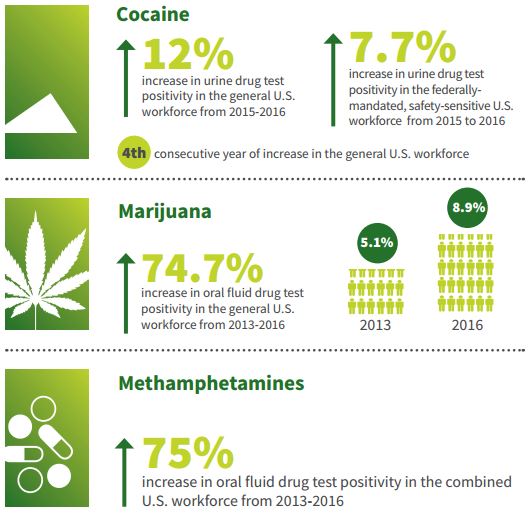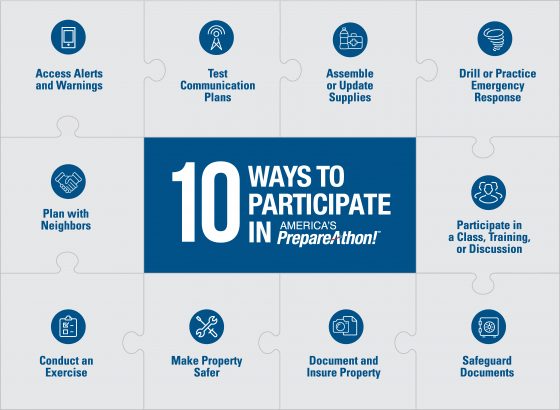Increasing globalization and the growing world market presents employees with opportunities to travel and experience new countries and cultures. With travel comes risk, however. In the event of an unforeseen incident, it is an organization’s top priority to ensure its employees are safe and out of harm’s way.
By following proactive travel risk management strategies, employers can help ensure not only the safety of their employees abroad, but also the success of their businesses while avoiding major financial, legal and reputation costs. When developing travel policies, companies must consider the health, safety and security risks that their employees could encounter.
Security Risks
The frightening unknowns of crises such as sudden earthquakes or airport terror attacks can cause distress and chaos. It is the duty of a company’s human resources department to ensure employees are safe and secure, as being unprepared for such events could have dire consequences. For the best outcome, companies should proactively develop travel risk management plans before disaster strikes. Consider these guidelines for your company’s travel emergency plans:
- Share information. Ensure employees are educated on how to avoid security risks in their destinations and share corresponding safety advice.
- Develop a communication plan. Decide how employees should contact HR and/or other crisis response team members and vice versa in the event of an emergency.
- Give employees information about who to contact if they’re in an emergency scenario. Create staffing patterns or third party resources that can accommodate after-hours calls.
online pharmacy
azithromycin with best prices today in the USA
- Consider rearranging travel plans if there’s a high security risk. Use technologies, such as video conferencing, to keep business rolling as usual if employees need to conduct in-person meetings in destinations where it may be temporarily unsafe to travel.
- Encourage employees to enroll in the Smart Traveler Enrollment Program (STEP). The app provides updated travel warnings and alerts via email. It can also help the nearest U.S. embassy or consulate locate individuals in the event of a disaster.
Health Risks
Recent disease outbreaks in several countries have caused concern among business and leisure travelers alike. If organizations have plans for employees to travel to areas experiencing widespread illness, consider exercising flexibility. If a disease epidemic is dominating news headlines, there is a good chance employees will be concerned about going to a destination that’s affected. In these cases, advise alternative options such as video calls or contacting local partners to help out. On the other hand, if employees elect to travel to the location, it is the employer’s job to ensure they have the knowledge and resources they need to have a safe and successful trip.
online pharmacy
symbicort with best prices today in the USA
To help protect the health of a traveling employee, HR professionals should:
- Research and understand destination-specific health risks and share this information with employees. Education is essential to preventing life-threatening situations.
- Ask employees to fill out personal medical information Forms. An employee should bring a copy on the trip and also leave copies with trusted friends or family. In the event of a medical emergency, the trustees will be able to obtain important personal medical details from the document, such as insurance coverage, current or past medical conditions and emergency contact information.
- Remind employees to carry prescription paperwork. This can prevent issues at airport security and can be useful should a new or similar prescription be necessary locally.
- Confirm that employees are covered by health insurance that is accepted overseas. This will help avoid monstrous fees later on.
Potential Costs for the Business
The costs of not following these strategies can be far-reaching. Your employees’ health and safety is always of utmost importance. However, there are also some continuity issues to consider.
At the most basic level, a health or safety issue that affects a traveling employee will likely cause a loss in productivity and, therefore, an impact to your organization’s bottom line. Companies could furthermore face cancellation fees, lost deposits, unused inventory or lost sales. Additionally, medical bills, medical evacuations and security evacuations can pose huge financial burdens on both employees and the company.
online pharmacy
actos with best prices today in the USA
Furthermore, an organization that doesn’t adequately prepare for potential risks and therefore compromises an employee’s safety can lose loyalty quickly. If employees know their colleagues were put in risky situations, they will likely lose trust in their companies—which could cause engagement (and business results) to decline.
Adding to the strain of a disillusioned workforce, legal disputes could arise. An injured worker seeking remedies could bring an injury claim against their employer. The cost a company could face when it comes to duty of care disputes depends on the complexity of the case, the length of time and whether it reaches a full trial. Businesses should be prepared for the possibility of facing court cases by following key risk management strategies before being pulled through lengthy and costly litigation processes.
There are also reputation costs to consider. One of the most damaging scenarios may be that the company’s failure to fulfill their duty of care obligation leads to media headlines resulting in serious brand damage. In this case, the news can mar the company’s reputation, causing stakeholders to pull away and resulting in devastating loss in revenue.
Above all, employees are the backbone of an organization, and their safety and security should be the top priority for every business. Devising a sound risk management plan for travelling employees is crucial for ensuring the safety of employees as well as the longevity of your business.




